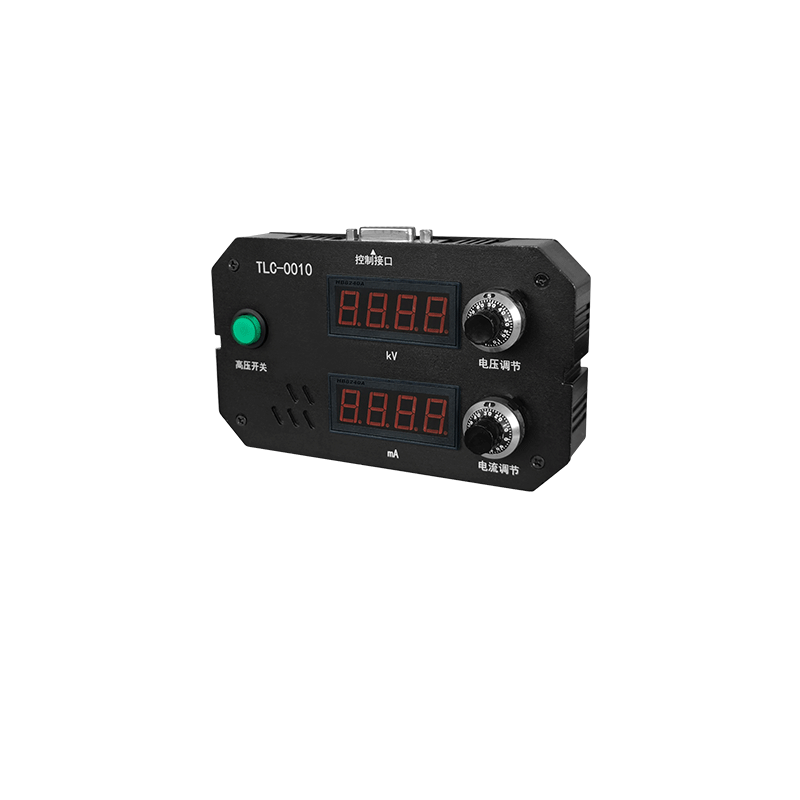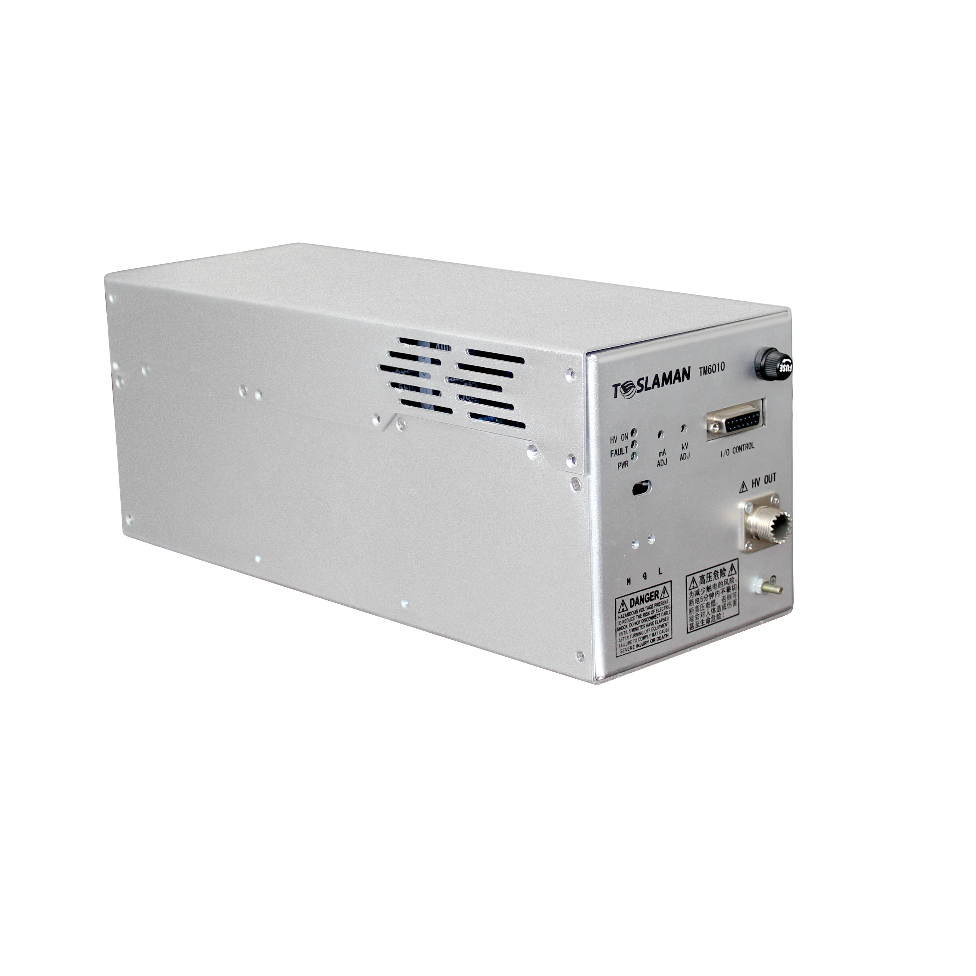Analysis of Gas Purity Effects on High-Voltage Power Supplies for Excimer Lasers
Excimer lasers (e.g., ArF, KrF, XeCl) rely on high-voltage power supplies to drive gas discharge, generating high-energy ultraviolet laser beams for semiconductor lithography, medical surgery, and precision machining. Gas media, as the core carrier for energy conversion, directly affect discharge stability, laser output performance, and equipment lifespan. This article analyzes the critical impact of gas purity and management strategies from the perspective of high-voltage power supply applications.
1. Impact of Gas Purity on Discharge Stability
Excimer laser discharge requires uniform glow discharge under high pressure (3–8 atm). Gas impurities (e.g., O₂, H₂O, hydrocarbons) alter electron collision cross-sections, disrupting avalanche ionization and causing localized discharge contraction or arcing:
• Oxygen impurities: React with halogen donor gases (e.g., F₂) to form corrosive products like HF, depleting active media and reducing gain coefficients.
• Water residue: H₂O molecules adsorb electrons to form negative ions (e.g., OH⁻), reducing free electron density and increasing discharge ignition voltage thresholds, leading to energy fluctuations.
Studies show that for ArF lasers with Ne buffer gas, purity must exceed 99.999%. If O₂ content reaches 0.01%, electron density distribution non-uniformity increases by 30%, amplifying photon density fluctuations.
2. Corrosion Mechanism of Gas Impurities on System Lifespan
Halogen gases (e.g., F₂, HCl) and impurities synergistically accelerate component degradation:
• Electrode corrosion: Impurities react with electrode metals (e.g., nickel, copper) to form fluorides, roughening surfaces and causing local field distortion. Experiments show that with F₂ purity below 99.5%, electrode lifespan decreases by over 40%.
• Optical component contamination: Discharge byproducts (e.g., metal halides) deposit on resonator mirrors, reducing transmittance and absorbing laser energy. For example, when ArF laser mirrors are contaminated to 100 nm thickness, output energy attenuates by more than 15%.
Additionally, particles from impurity decomposition at high temperatures clog gas circulation systems, reducing heat dissipation efficiency and increasing cavity temperature, creating a vicious cycle.
3. Technical Measures for Gas Purity Management
Modern excimer laser systems employ multi-level controls:
1. Material selection: Cavities use nickel-based alloys (e.g., Hastelloy) or nickel-plated stainless steel to resist halogen corrosion; seals use perfluoroelastomers (FFKM) to prevent permeation leaks.
2. Gas handling units:
• Cryogenic purifiers: Cooled below –50°C with liquid nitrogen to condense H₂O and high-boiling-point impurities.
• In-situ absorbers: Zirconium-aluminum getters (e.g., Zr–V–Fe alloys) selectively adsorb O₂, N₂, and other impurities, extending gas lifetime beyond 1 billion pulses.
3. Closed-loop feedback systems:
• Real-time monitoring: Fiber Bragg grating sensors (e.g., nickel-plated stainless steel encapsulated) measure cavity temperature with ±0.1°C accuracy, preventing thermal gas decomposition.
• Dynamic gas mixing: Halogen supplementation (e.g., F₂ concentration fluctuation controlled within ±0.05%) is adjusted based on energy feedback to stabilize discharge impedance.
4. Conclusion
Gas purity is a core variable for high-voltage power supplies in excimer lasers. Impurities not only disrupt discharge uniformity and reduce laser efficiency but also shorten equipment lifespan through chemical corrosion and physical contamination. Future research must quantify impurity threshold effects and develop corrosion-resistant materials and intelligent gas management systems to support high-power, long-life excimer laser equipment.




















